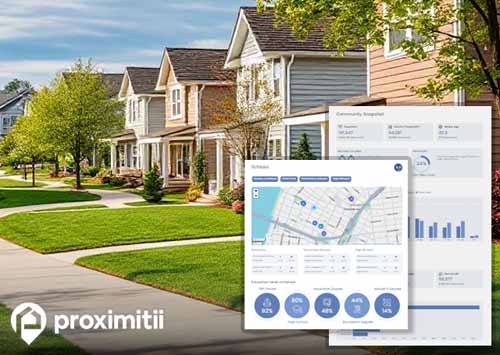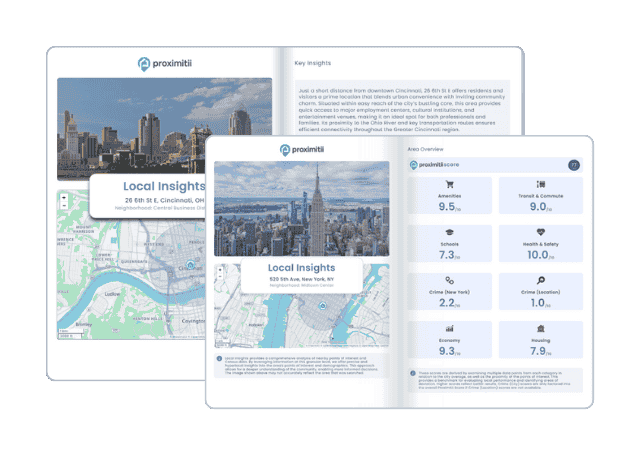| Statistic | Reportedincidents | /100k people | Killdeer/100k people | North Dakota/100k people | National/100k people |
| Total crime | 15 | n/a (estimate) | 1,683 | 2,209 | 2,281 |
| Murder | 0 | n/a | 0.0 | 3.3 | 5.7 |
| Rape | 1 | n/a | 112.2 | 50.0 | 38.0 |
| Robbery | 0 | n/a | 0.0 | 25.9 | 66.5 |
| Assault | 4 | n/a | 448.9 | 188.2 | 264.1 |
| Violent crime | 5 | n/a (estimate) | 561 | 267 | 364 |
| Burglary | 3 | n/a | 336.7 | 320.1 | 250.7 |
| Theft | 6 | n/a | 673.4 | 1,400.9 | 1,347.2 |
| Vehicle theft | 1 | n/a | 112.2 | 220.2 | 318.7 |
| Property crime | 10 | n/a (estimate) | 1,122 | 1,941 | 1,917 |


Crime is typically categorized into two main types: violent and property crimes. Violent crimes encompass offenses such as murder, rape, robbery, and assault, while property crimes include burglary, theft, and vehicle theft. Based on the most recent report, the Killdeer crime rate is lower than the national average by 8.4%. Specifically, there were 2 violent crimes in Killdeer, equivalent to 224 per 100,000 individuals, lower than the national average by 39.4%. Furthermore, Killdeer recorded 17 property crimes, amounting to 1906 per 100,000 residents, which was lower than the average by 2.5%.
In terms of the total Killdeer crime rate per 100,000 people, it falls within the midrange when compared to other cities across the United States. Our analysis of total crimes, encompassing both violent and property offenses in Killdeer, revealed that the reported crime rates closely align with the nationwide average reported by other areas.
In a remarkable testament to the city's commitment to safety, Killdeer reported a murder rate of 0. This could indicate that it is a very safe place to live, but also serves as an inspiration to other urban areas striving for safer communities. Examining the full crime report will provide a complete overview of all crimes - violent and property.
Killdeer has a property crime rate that closely mirrors the national average. There were a total of 1906 property crimes in Killdeer, while the national average was 1954 per 100,000 people. This results in the area being no safer or more dangerous than the average city.
Determining whether Killdeer is a place to live may not always yield a simple answer, given the city's varying safety levels across different areas. Nonetheless, comprehending the city's overall crime rate can be a valuable asset. In broad terms, Killdeer has an overall crime rate that is 8% lower than the national average. When we take a look at crime on a daily basis, this translates into 0.05 daily occurrences, comprising 0.01 violent crimes and 0.05 property crimes. Scrutinizing these statistics provides a foundation for a more informed assessment of the suitability of Killdeer as a potential place to establish residency.
Year-over-year crime data allows us to analyze short-term trends in crime activity. By comparing crime rates from one year to the next, we can identify patterns and shifts in Killdeer crime rates. This information can be invaluable for residents looking to make informed decisions on where to live. When comparing the most recent year to the previous year, total crime in Killdeer has increased by 26.7% year over year. Violent crime has decreased by 71.4% and property crime has increased by 112.5%.
Limited employment opportunities or a prevalence of low-wage jobs can result in higher rates of unemployment and underemployment. Regions where individuals grapple with joblessness or meager wages may exhibit greater vulnerability to an uptick in crime due to financial instability. While areas that have strong employment rates, often will see a reduction in overall crime. Killdeer, for instance, reports an unemployment rate of 0.3%, which differs from the national average of 4.7%.
High cost of living can lead to economic stress for individuals and families, particularly those with limited financial resources. When people struggle to make ends meet due to high housing costs, healthcare expenses, or other basic necessities, they may be more inclined to engage in criminal activities, such as theft or fraud, as a means of financial survival. On the flipside, cities that have a lower cost of living, could see a reduced crime rate. In Killdeer, the cost of living is 5% lower than the national average.
The quality of housing and neighborhood conditions can influence crime rates. Neglected or run-down neighborhoods with poorly maintained properties may be more susceptible to criminal activities. In areas with housing affordability challenges, crime can emerge as a prominent issue. Certain individuals and families may find themselves residing in cramped or inadequate housing settings, amplifying stress levels and potentially fostering domestic conflicts and associated criminal incidents. It's worth noting that the median home price in Killdeer stands at $200,800, a contrast to the national average of $184,700.

Why stop at city-to-city? With Local Insights, you can compare neighborhoods, zip codes, or even exact addresses. Access 300+ hyperlocal data points—from schools and crime to housing and amenities—to see which area is the better fit.

| Item | Killdeer | North Dakota | National |
| Law enforcement employees (officers & civilians) | 3 | 842 | 558,732 |
| Police officers & civilians /1000 residents | 3.7 | 2.6 | 3.3 |
| State | Total offenders | North Dakota /100K | National /100K |
| North Dakota | 1,982 | 293 | 266 |
| City | Population | Violent crime/100k people | Property crime/100k people | Total crime/100k people |
| Dunn Center, ND | 485 | 320 | 2,327 | 2,647 |
| Killdeer, ND | 820 | 561 | 1,122 | 1,683 |
| City | Population | Violent crime/100k people | Property crime/100k people | Total crime/100k people |
| Chappell, NE | 820 | 292 | 2,510 | 2,802 |
| Quapaw, OK | 820 | 534 | 2,772 | 3,306 |
| Forestville, NY | 820 | 605 | 2,790 | 3,395 |
| Adams, MN | 820 | 291 | 1,895 | 2,186 |
| Rutledge, PA | 820 | 112 | 662 | 774 |
| Killdeer, ND | 820 | 561 | 1,122 | 1,683 |